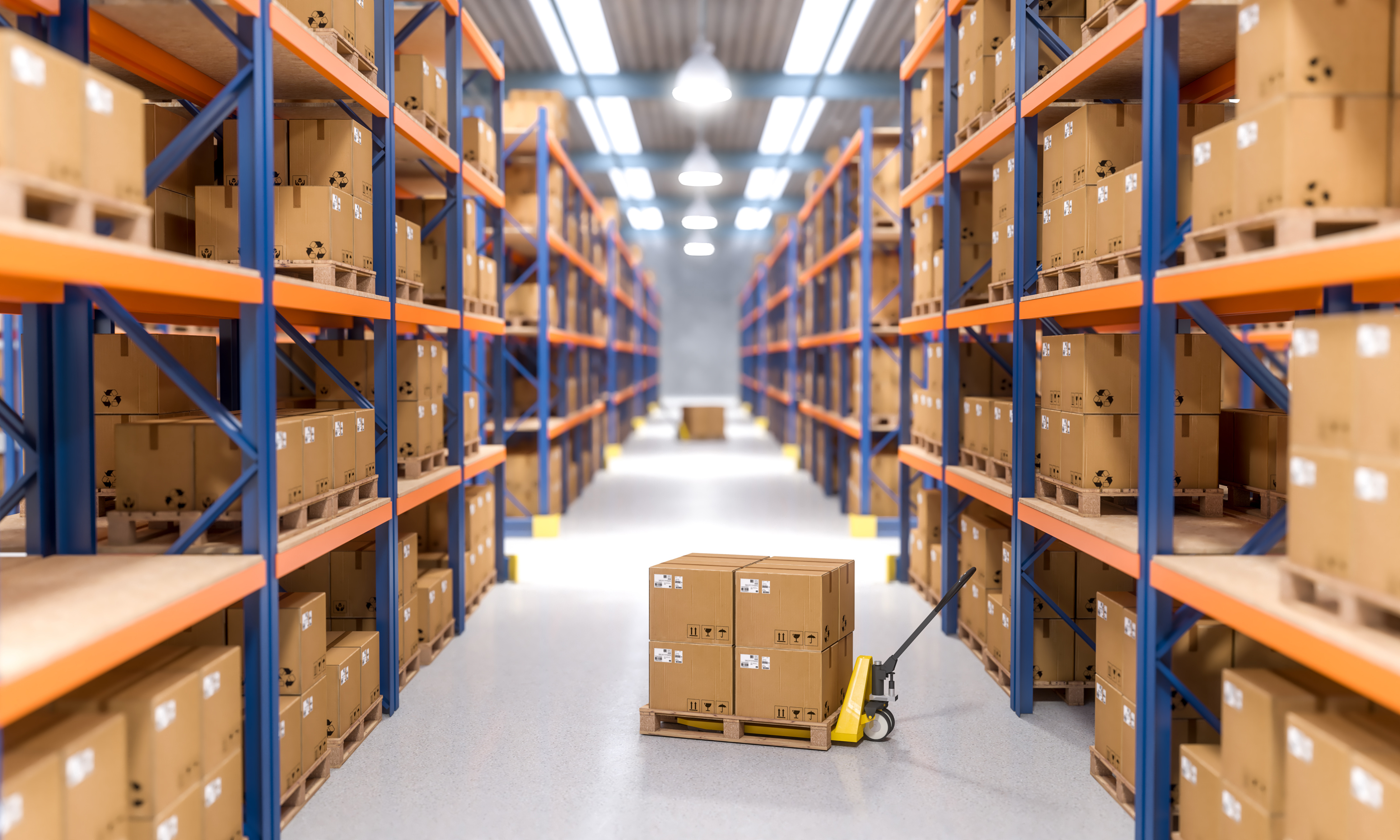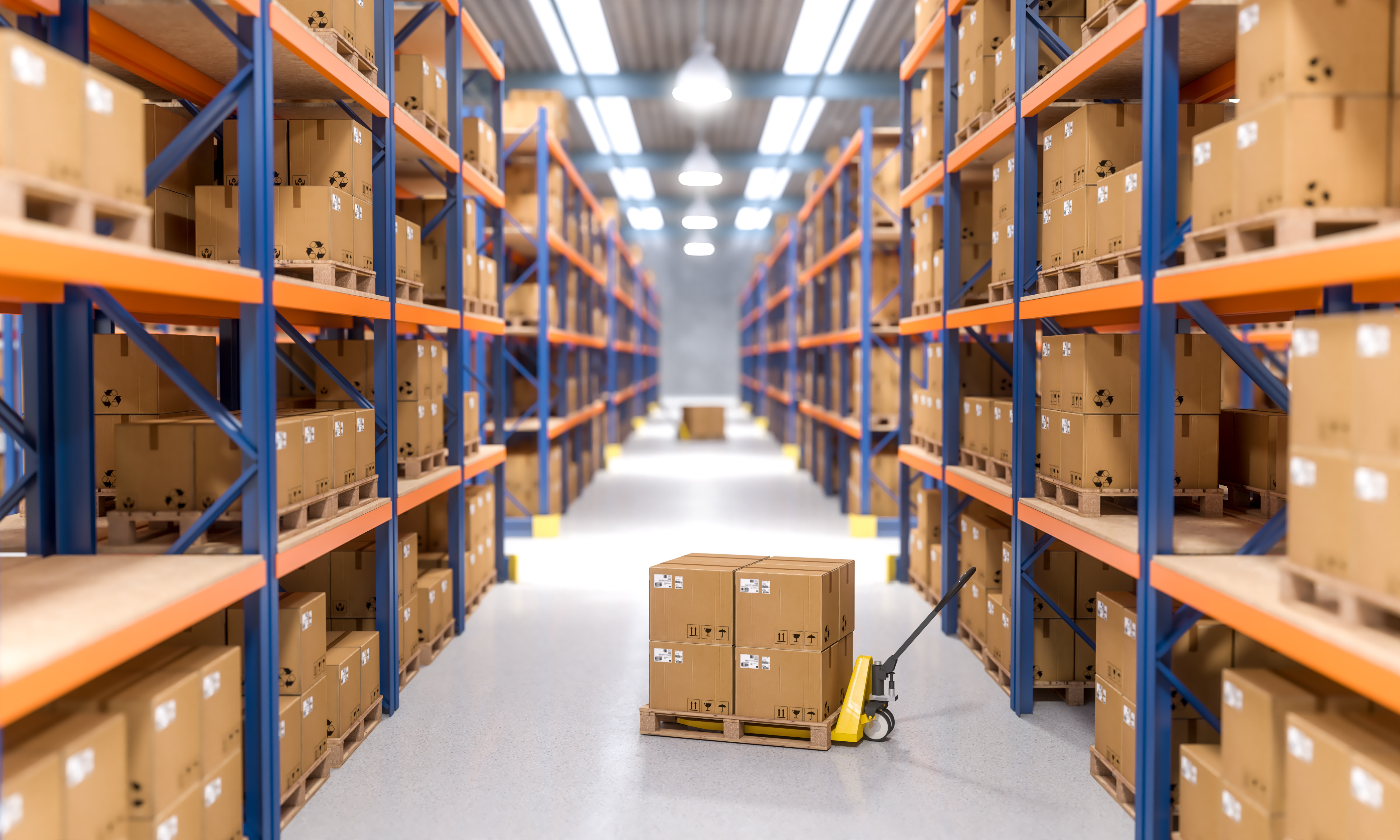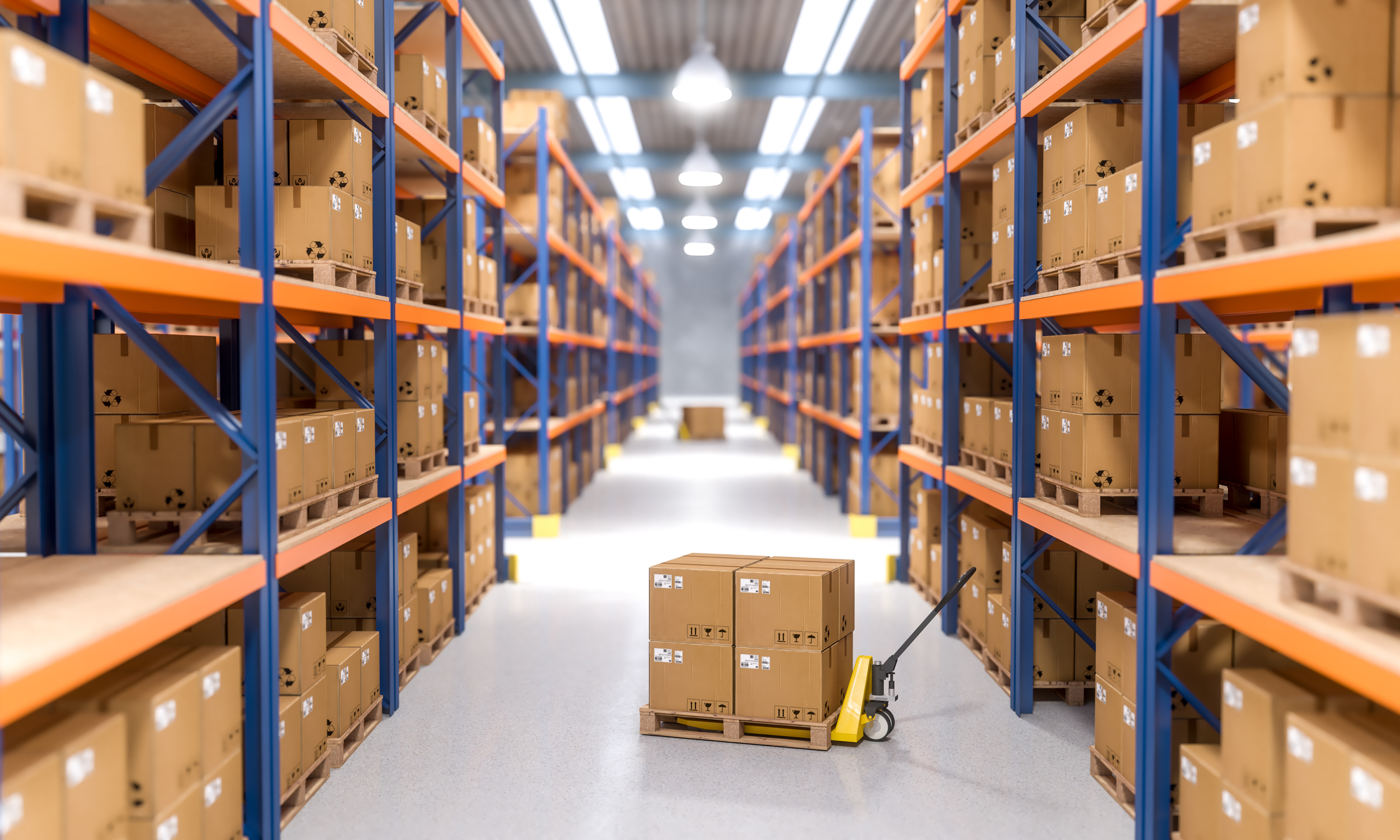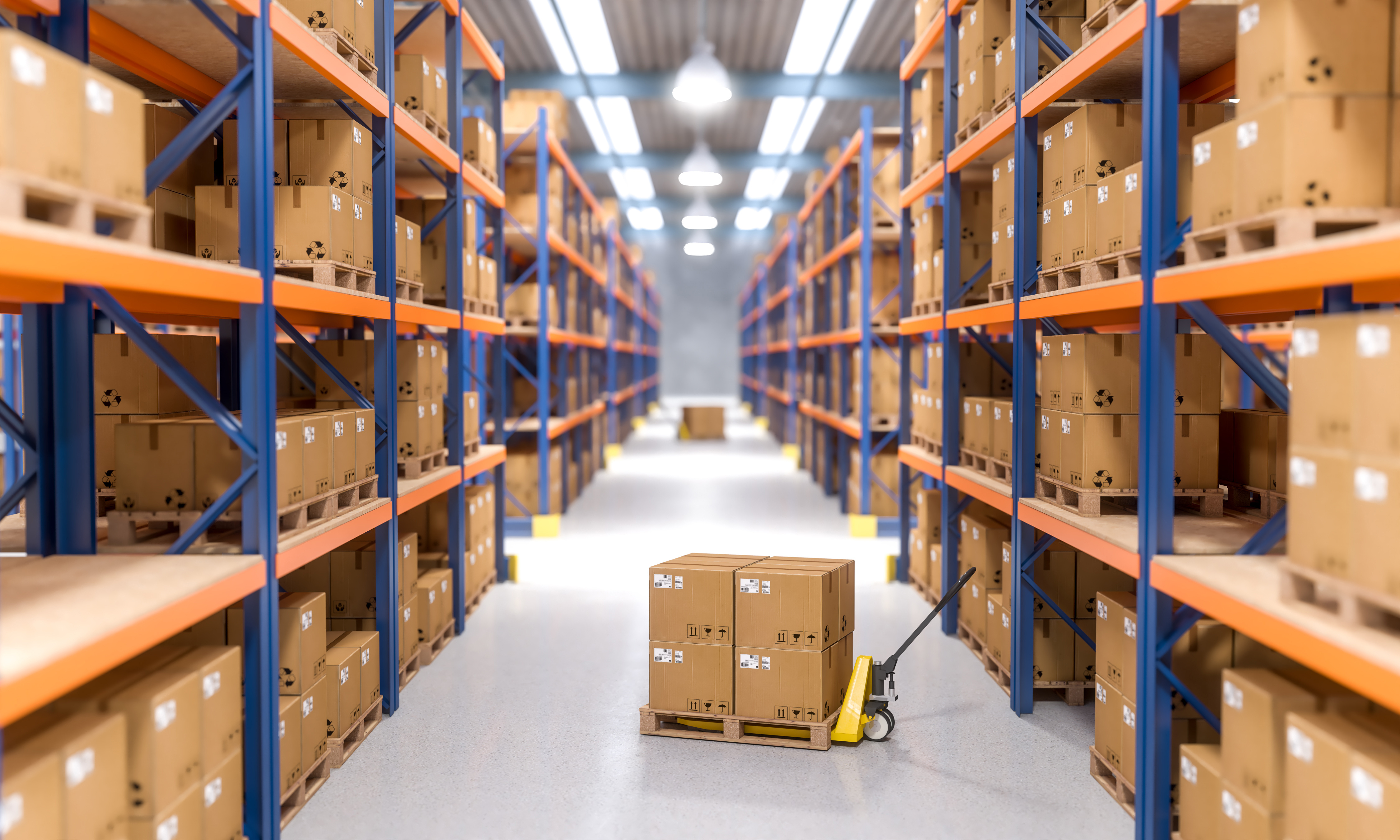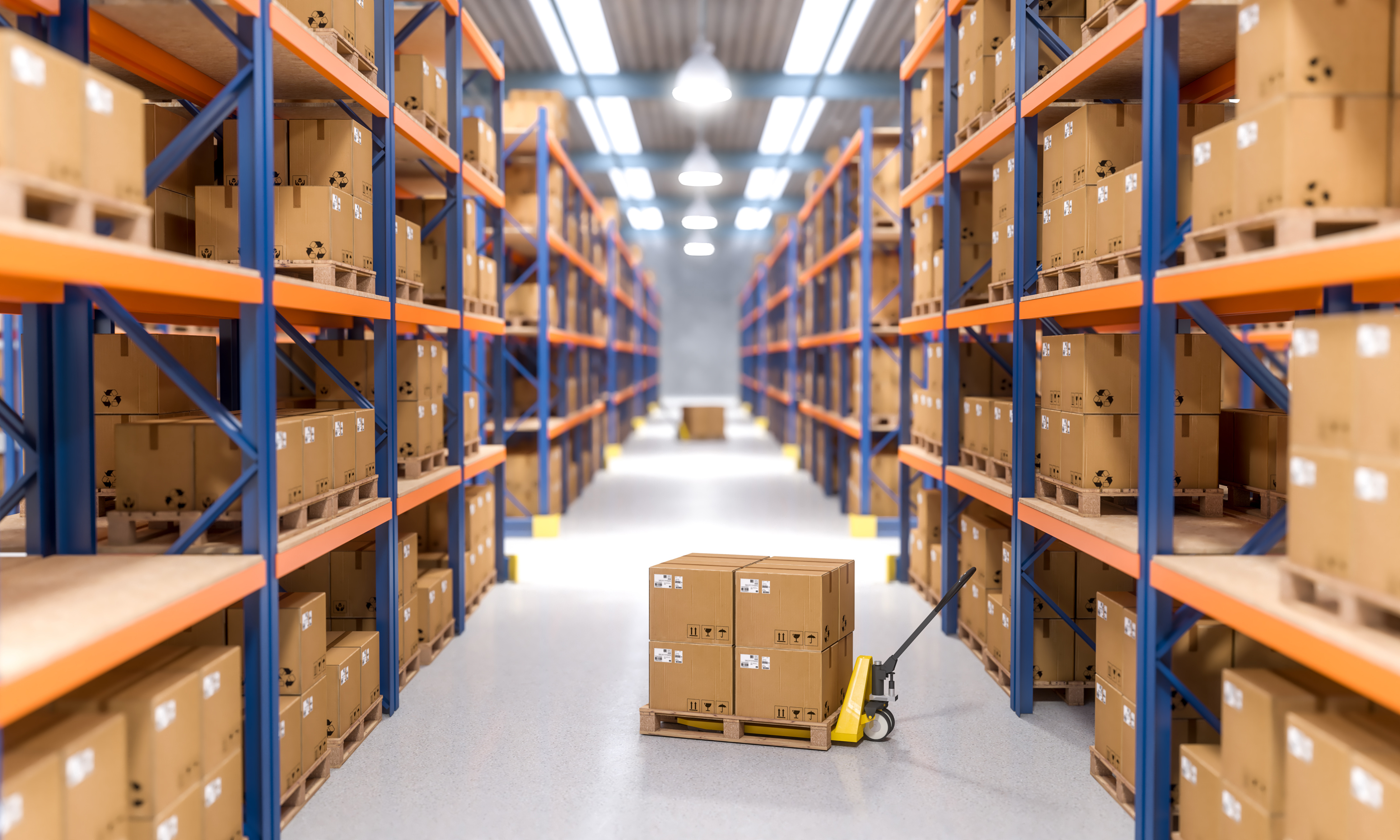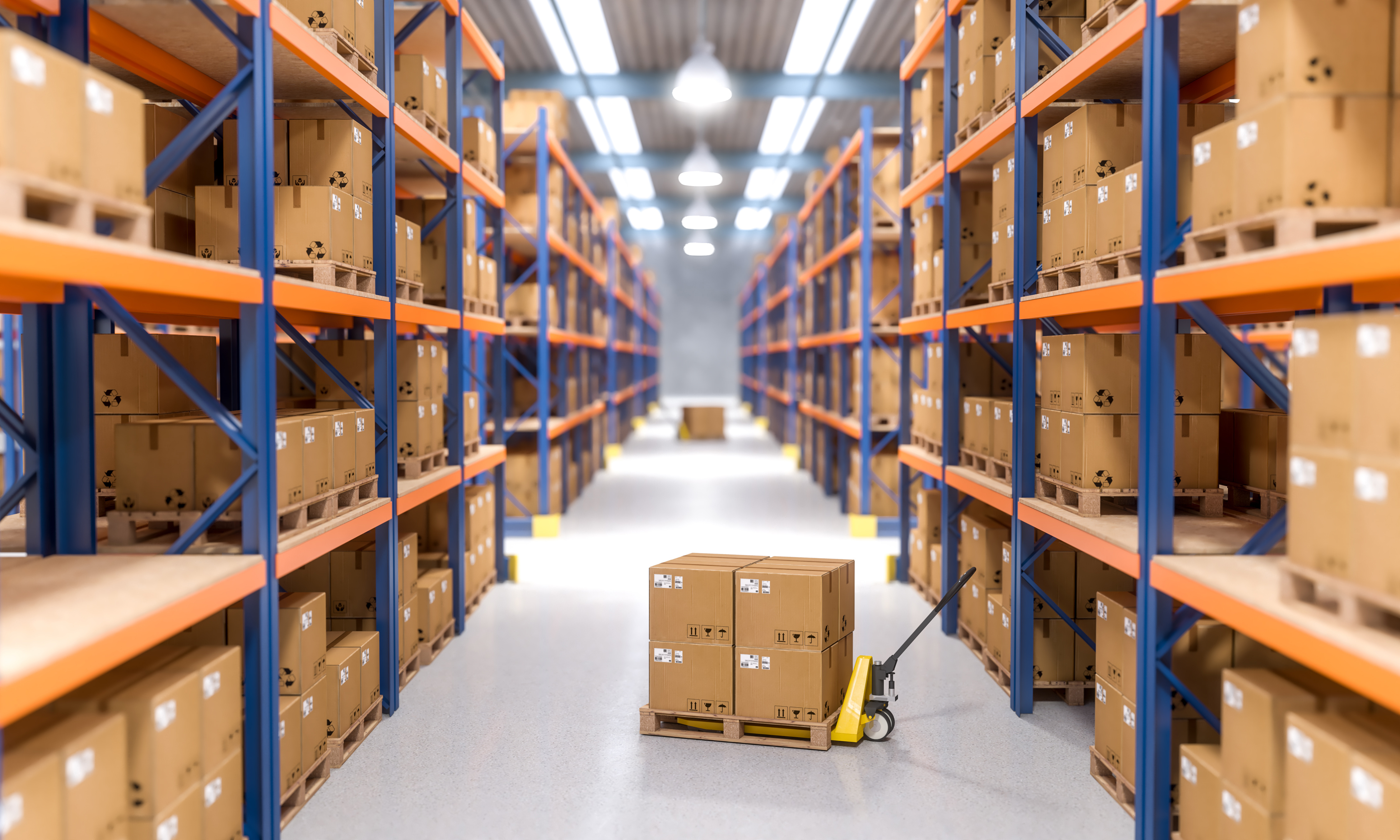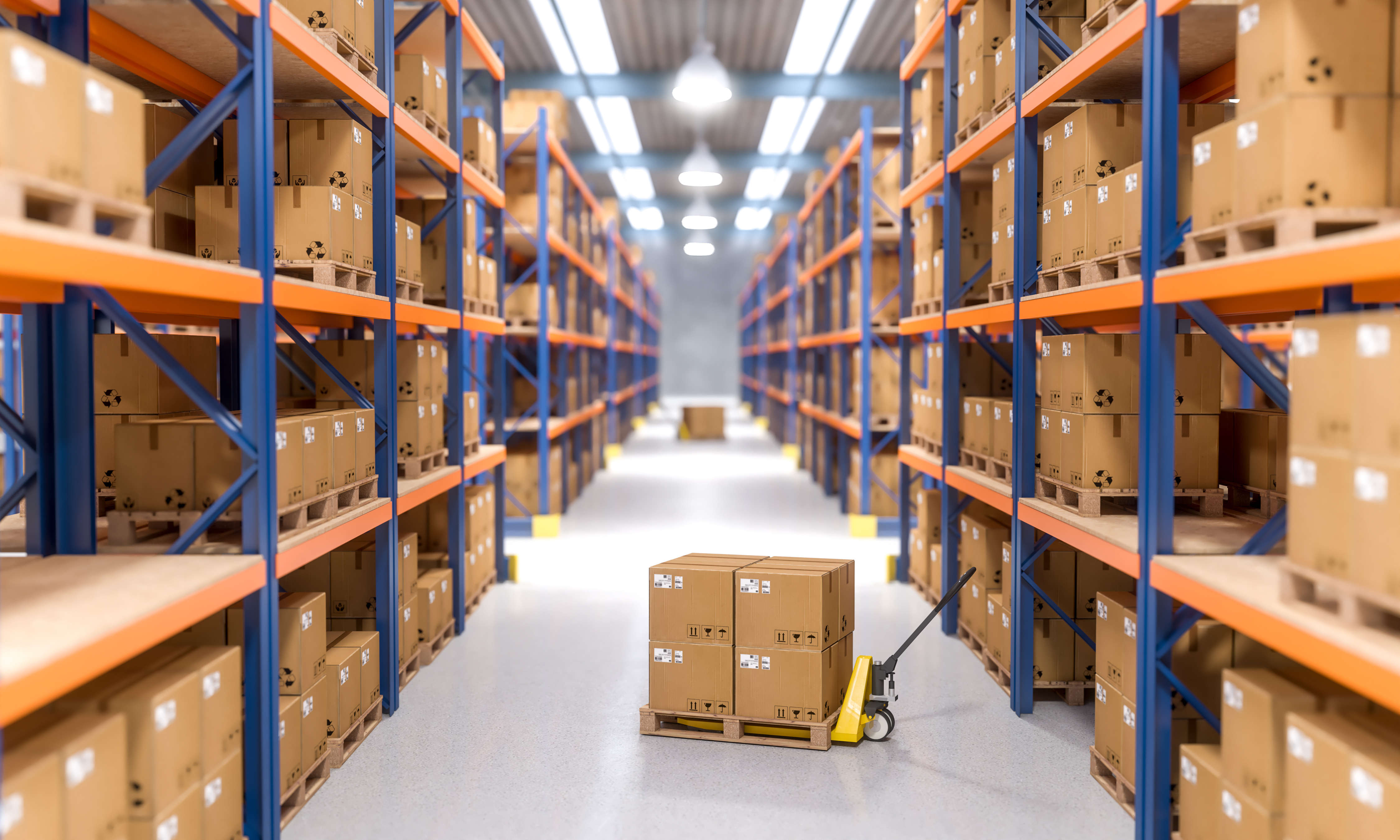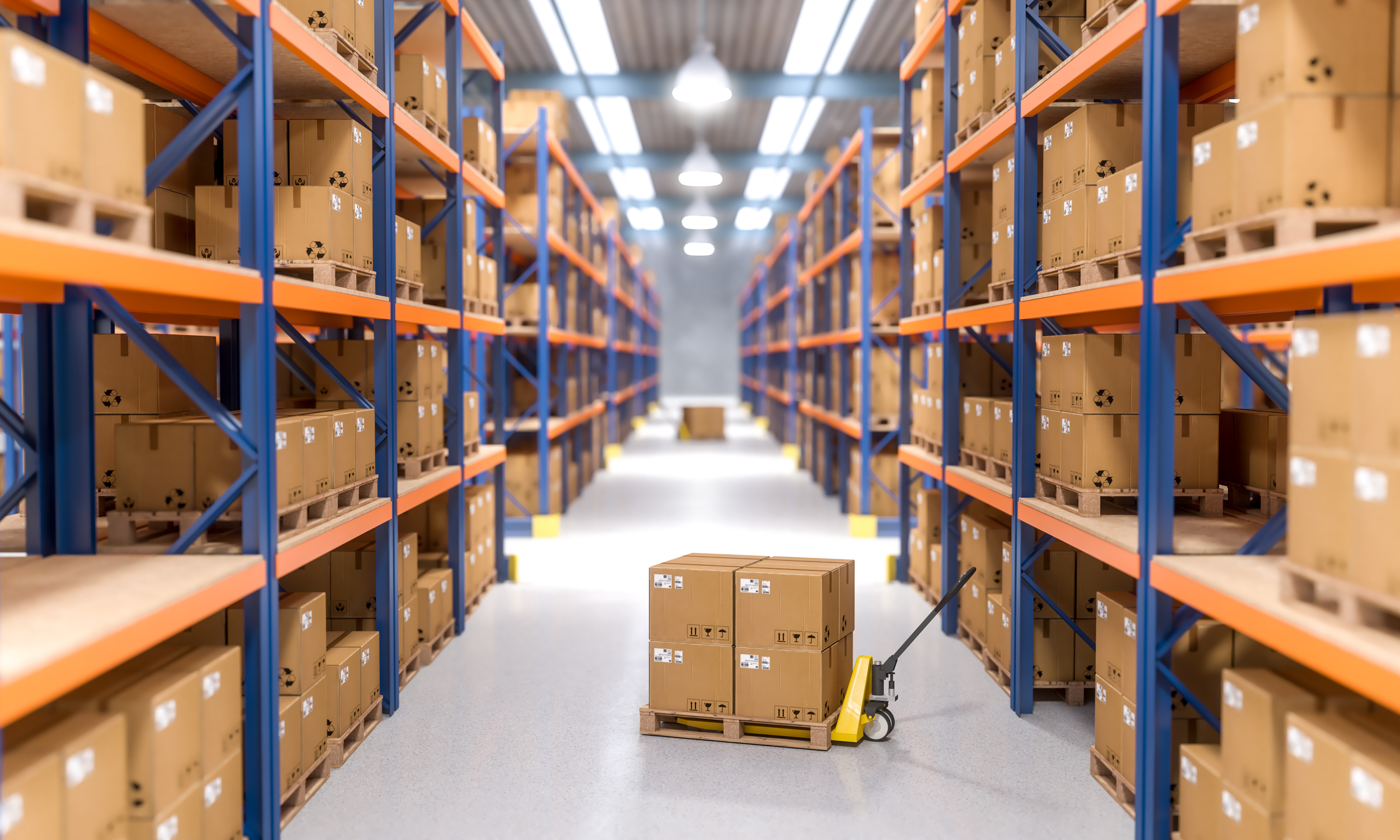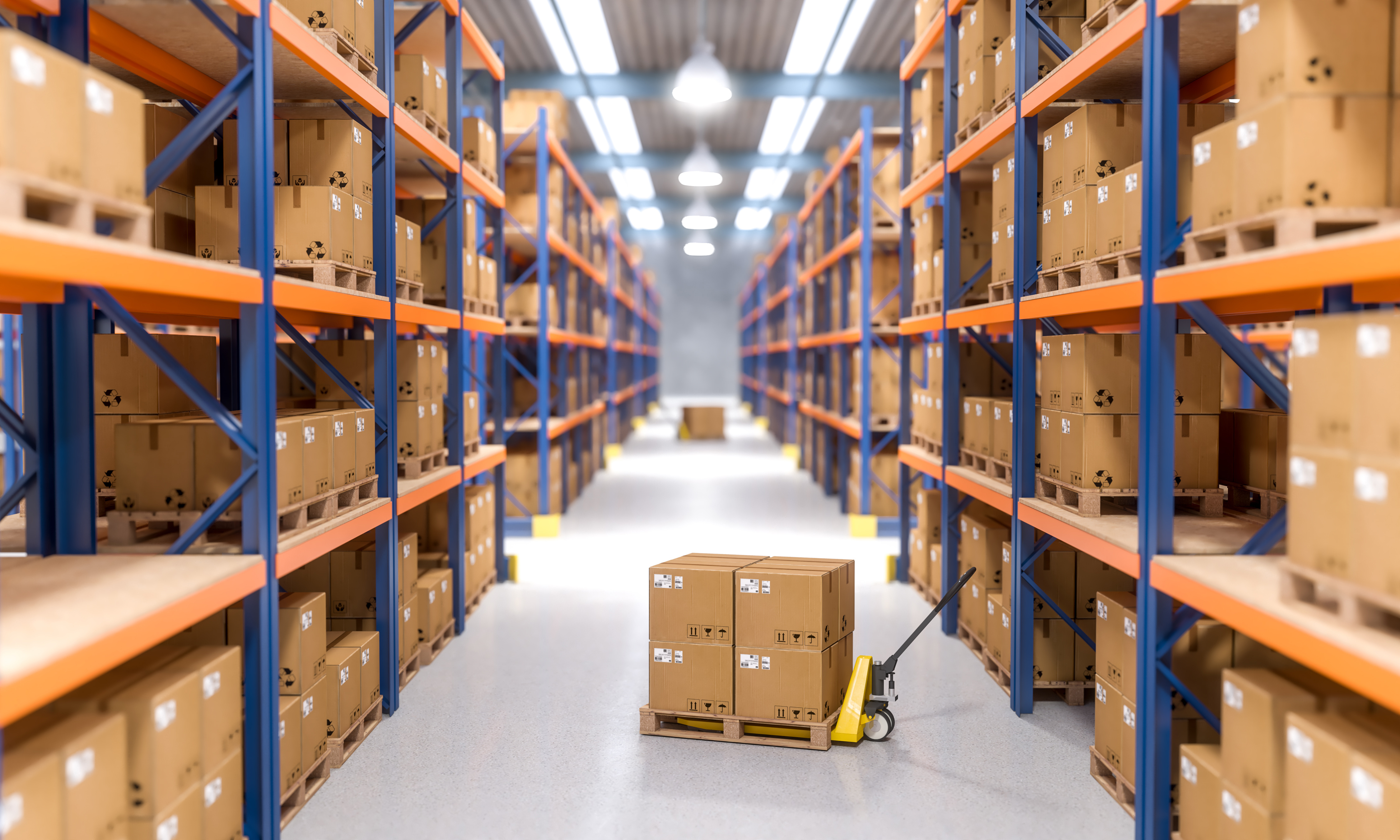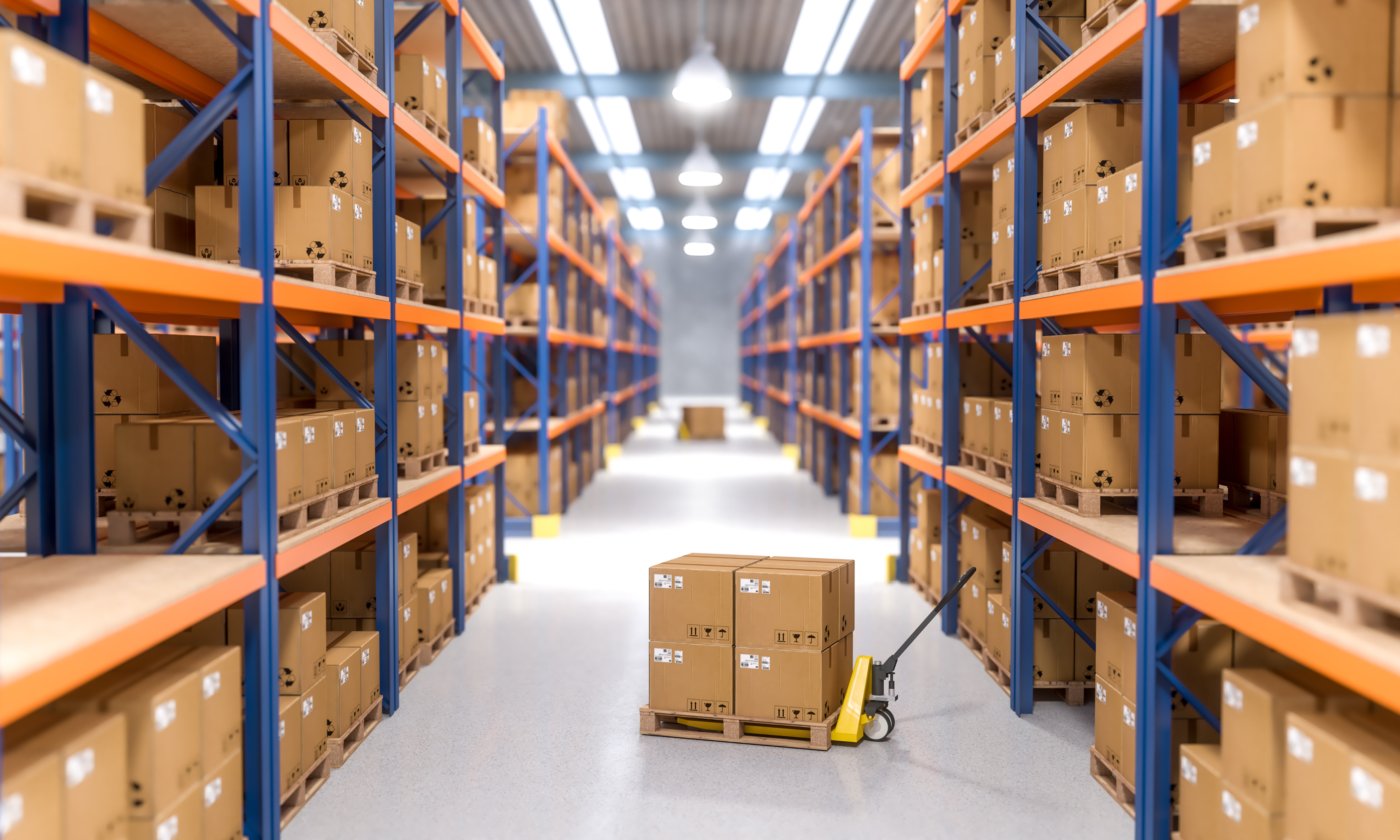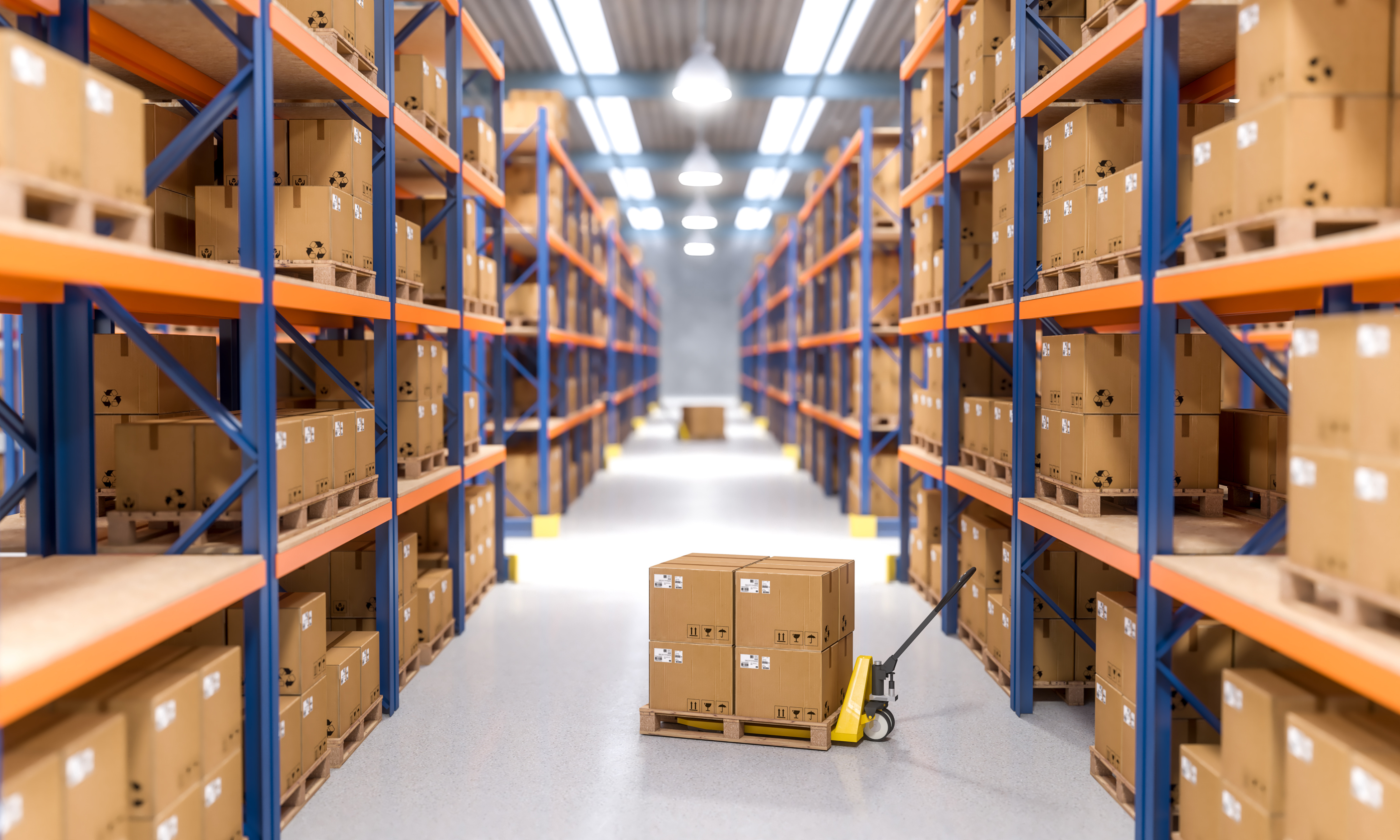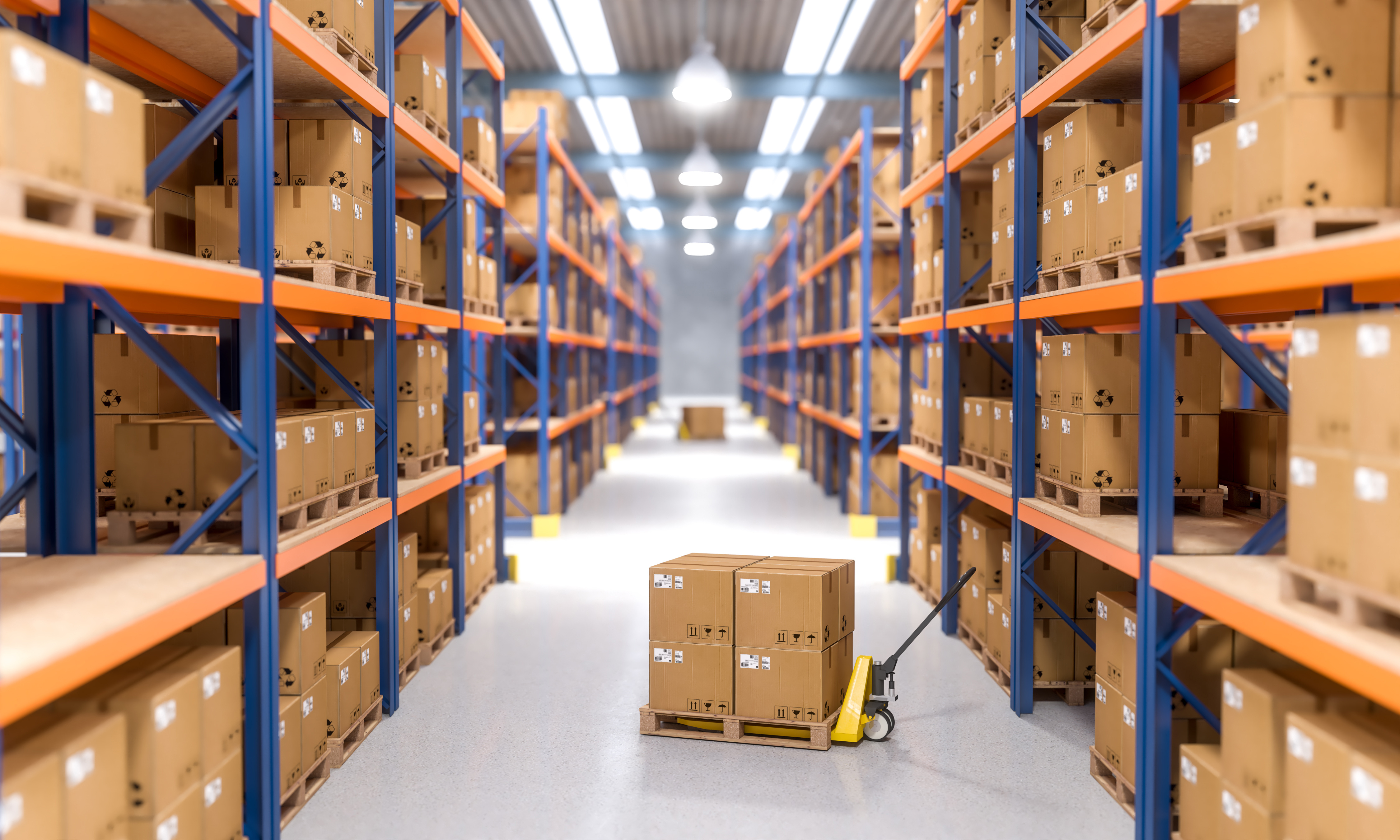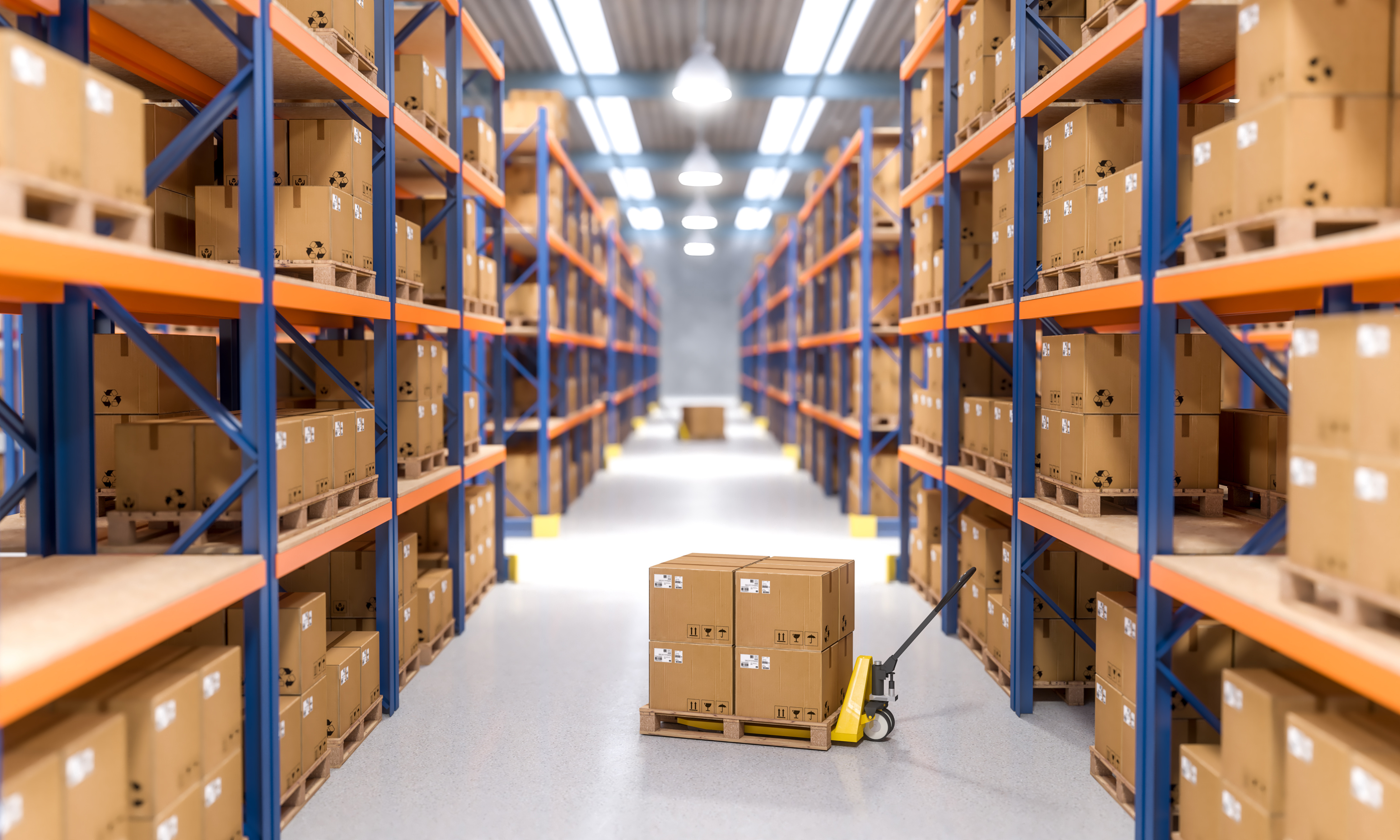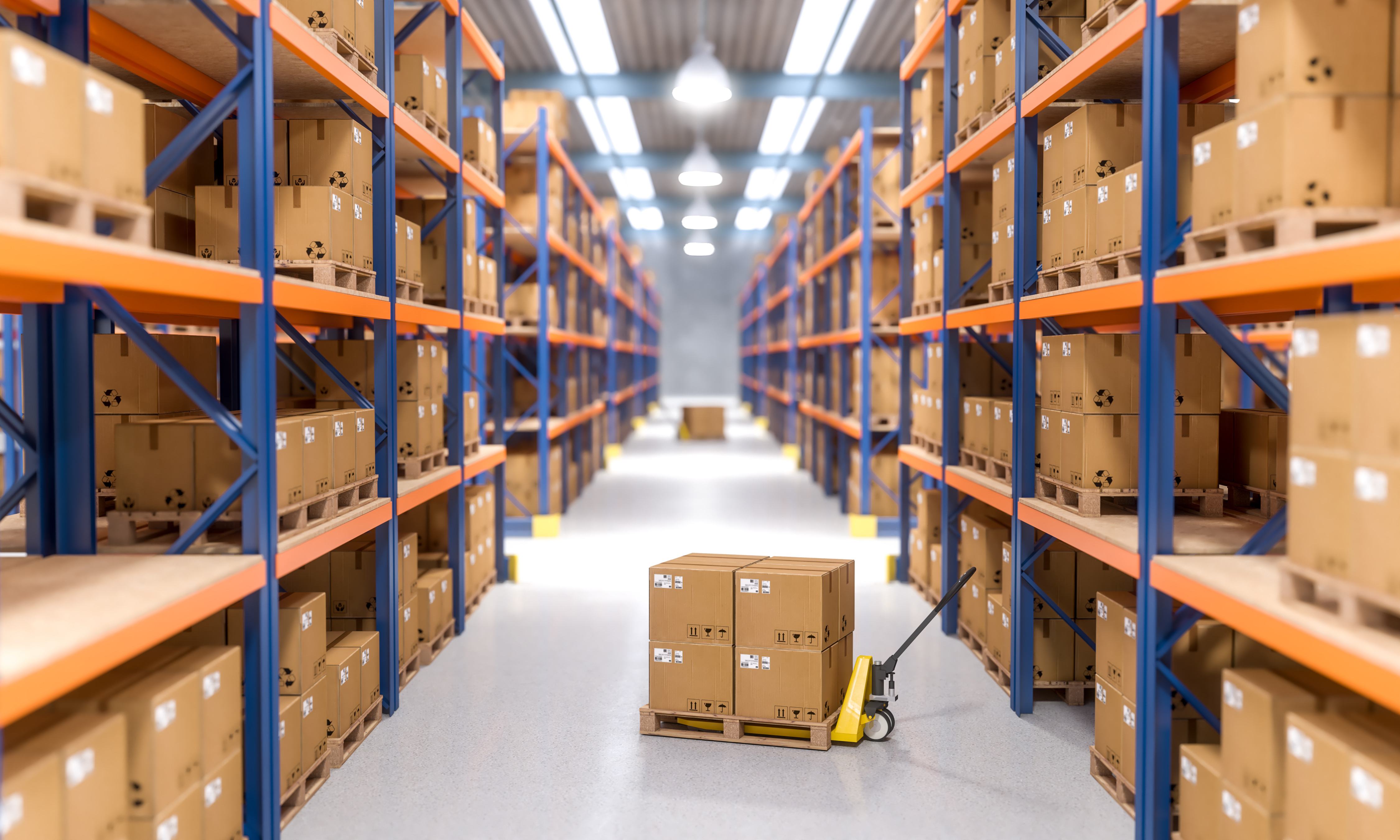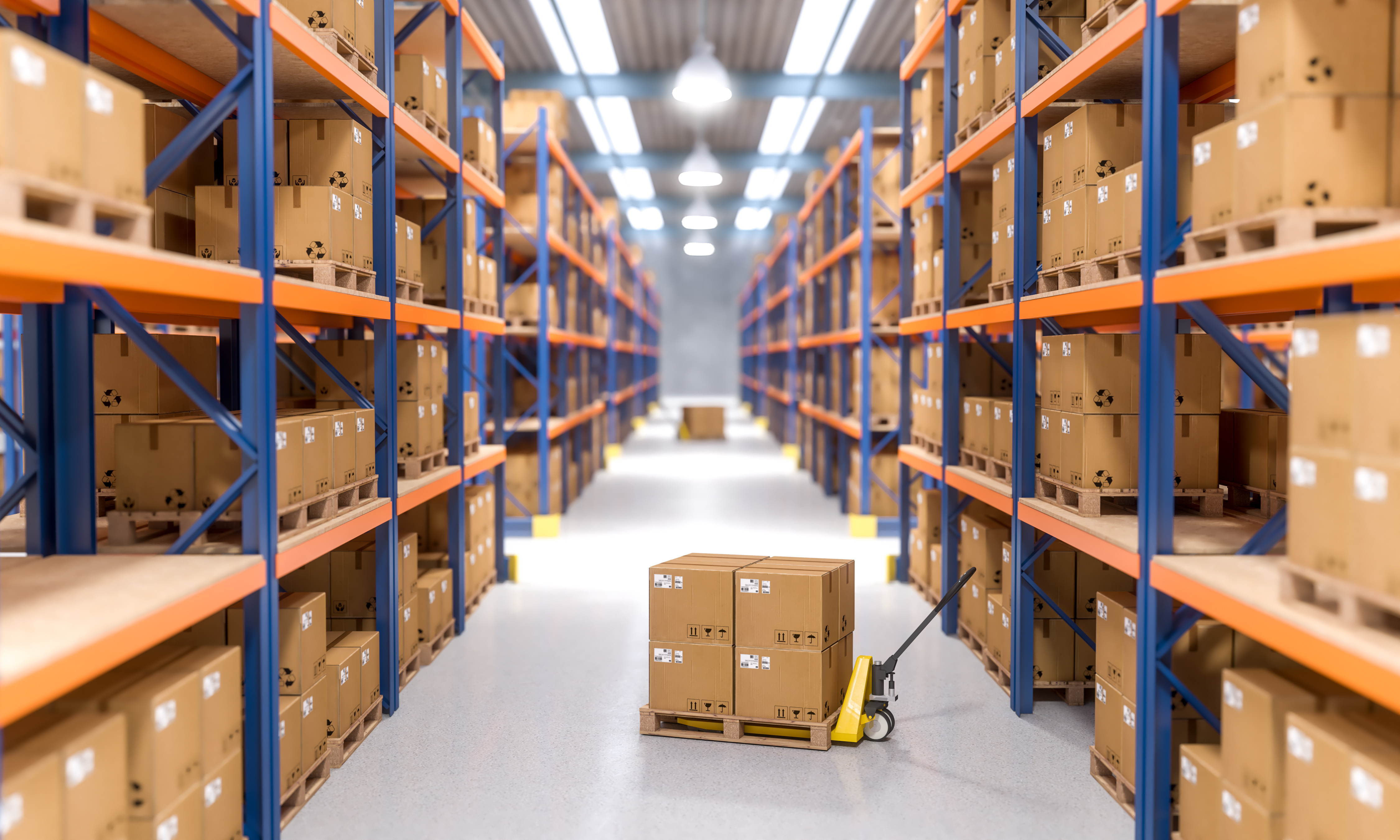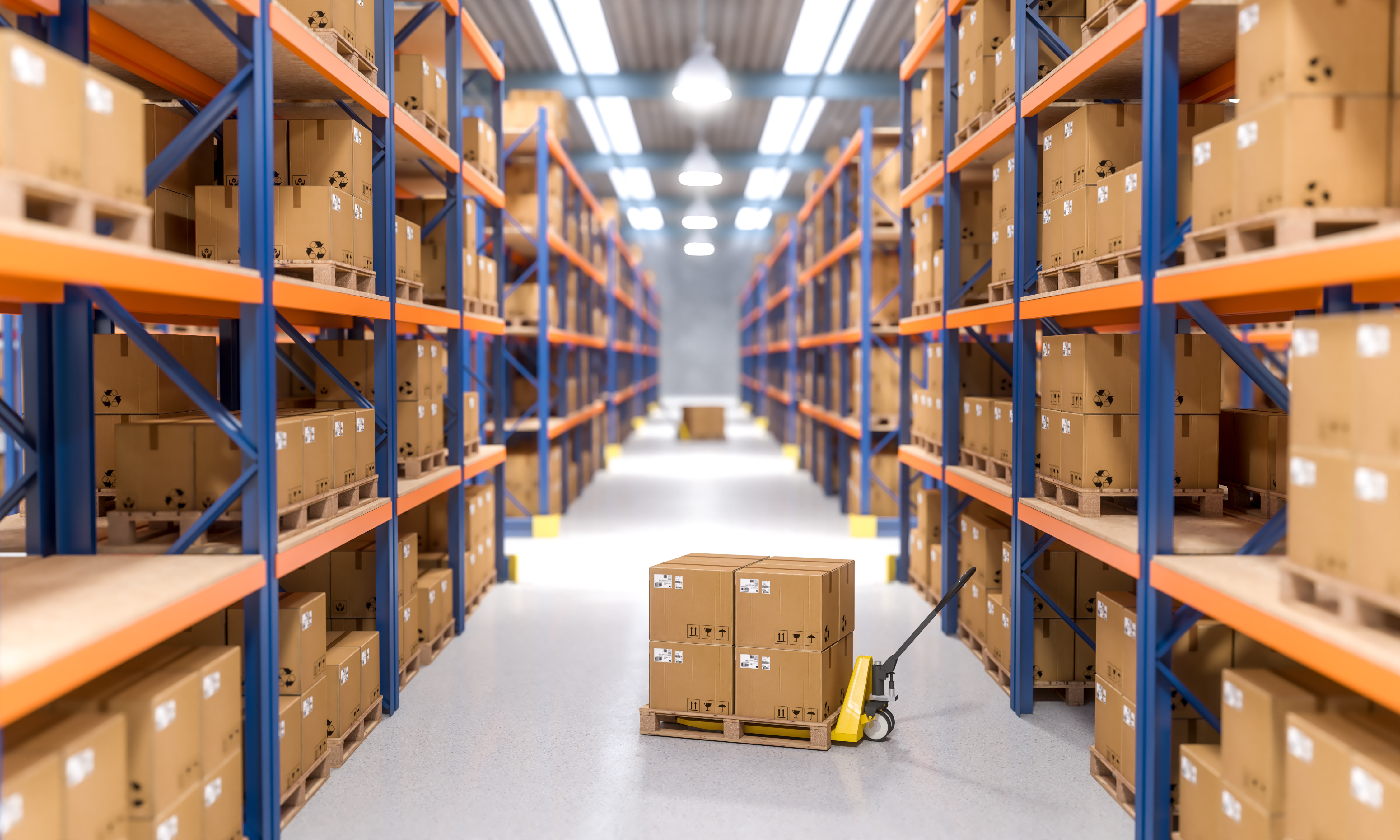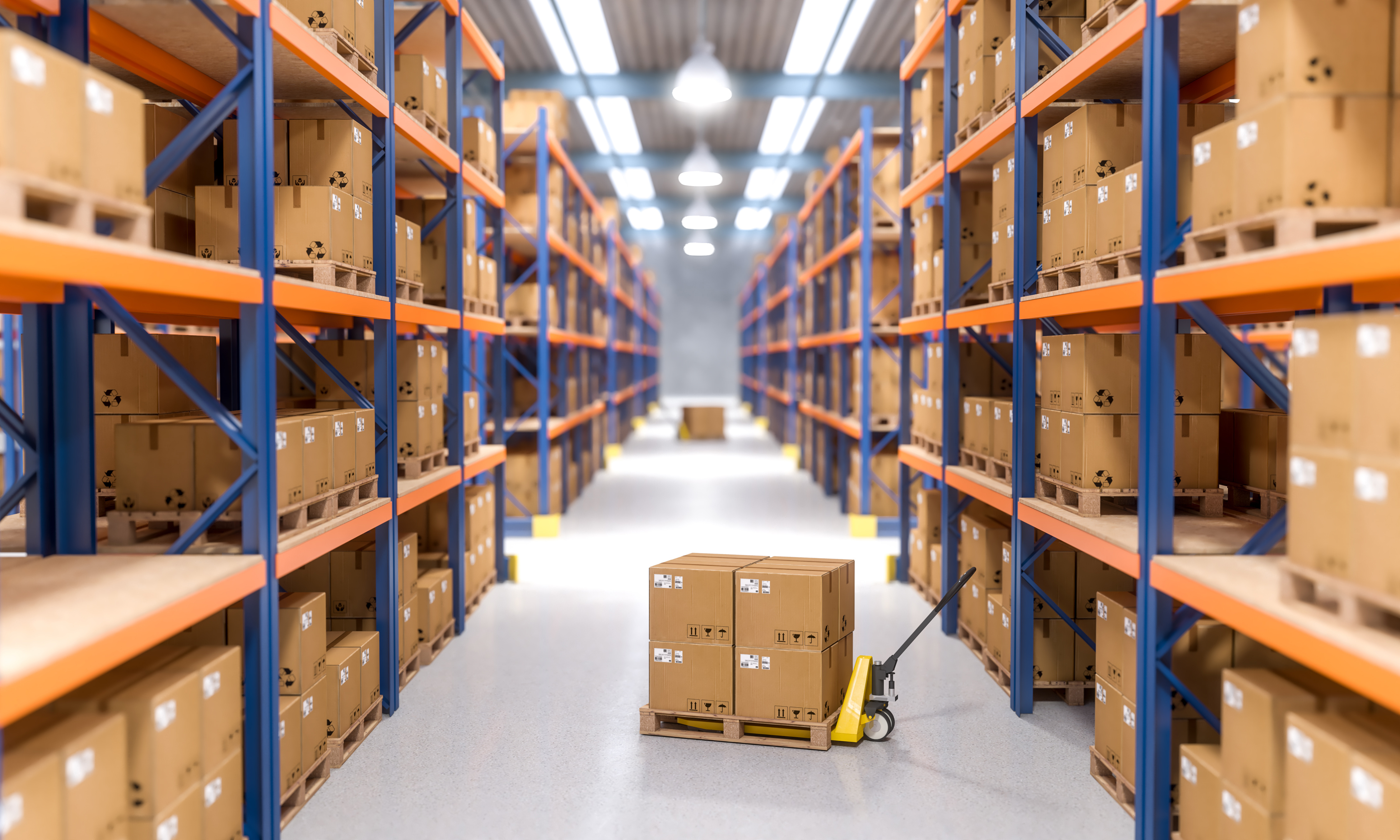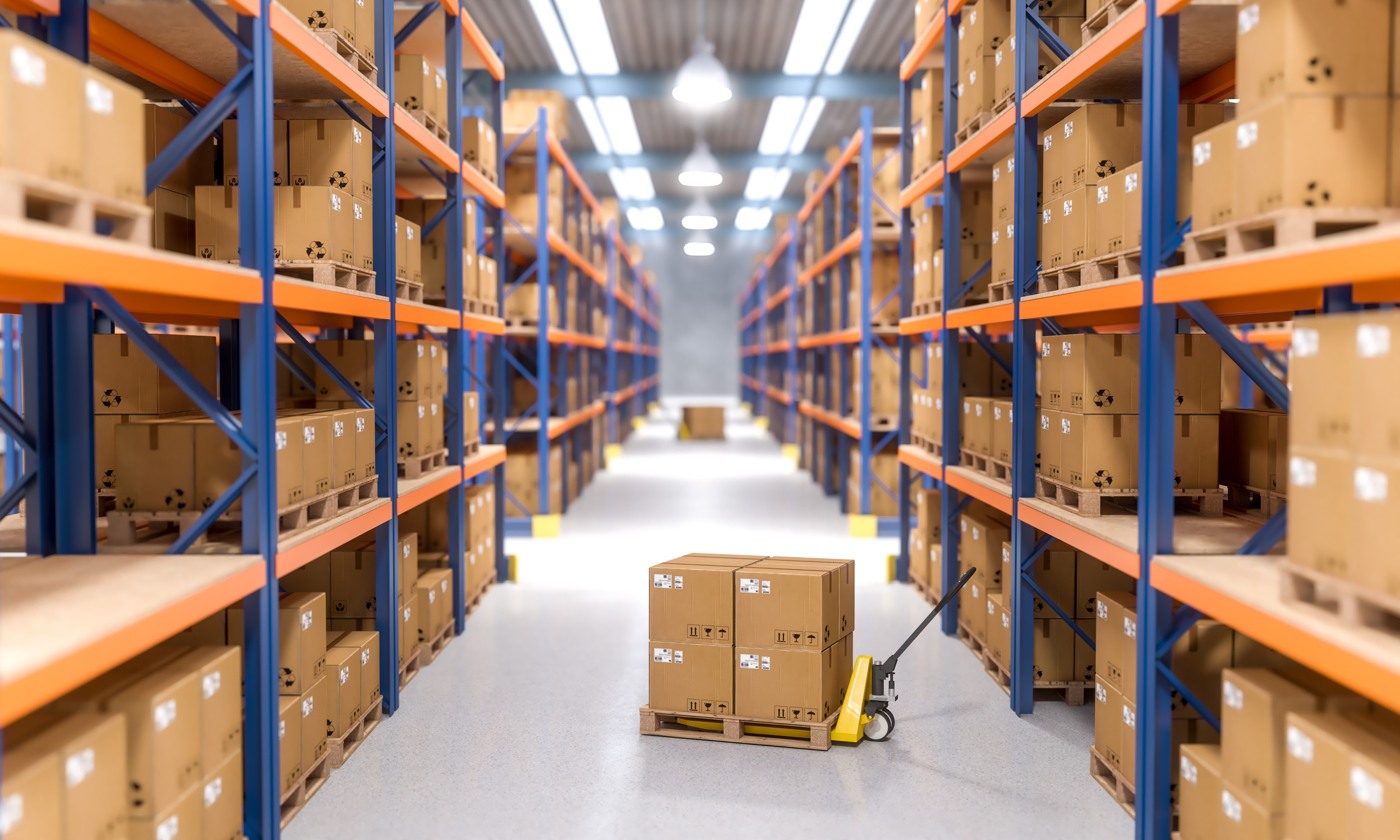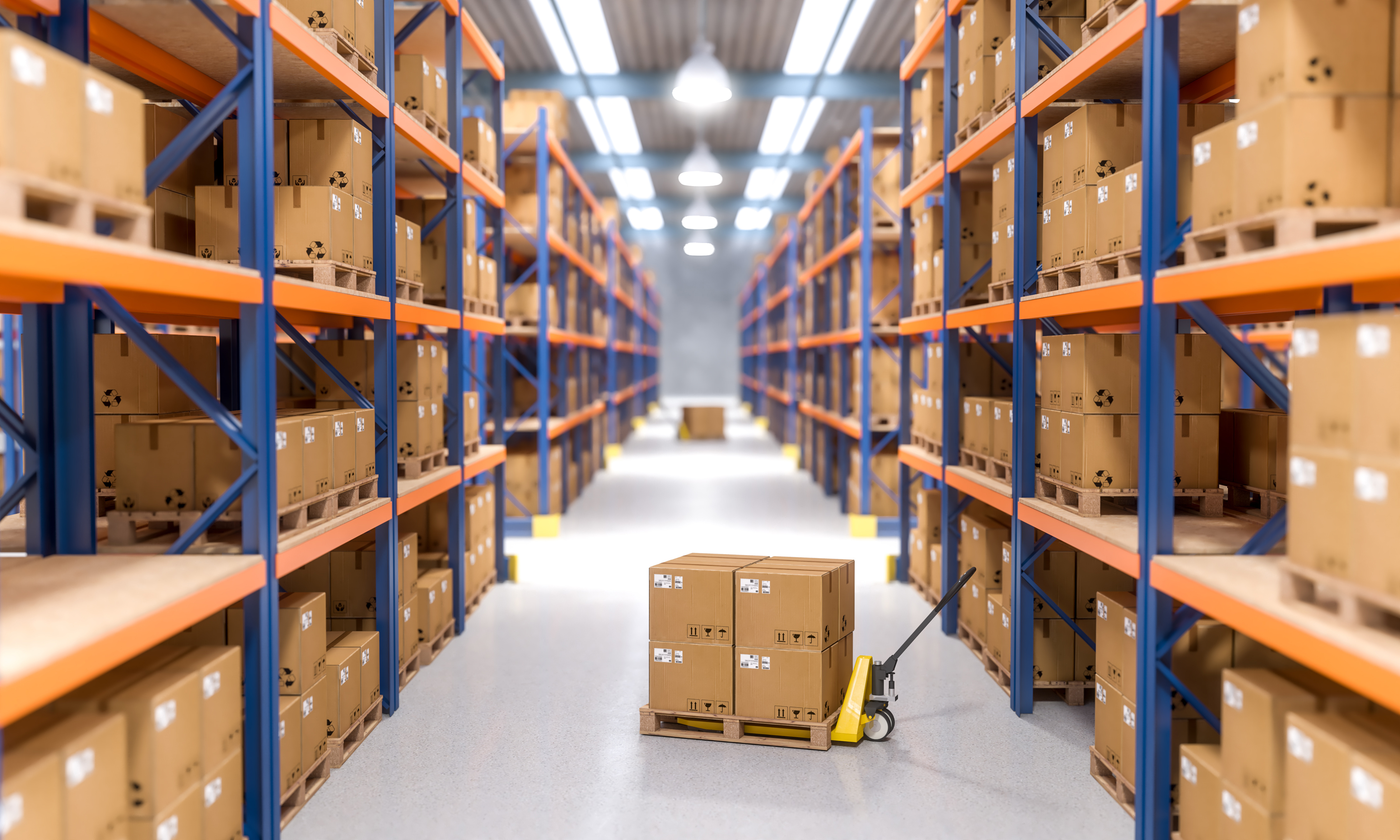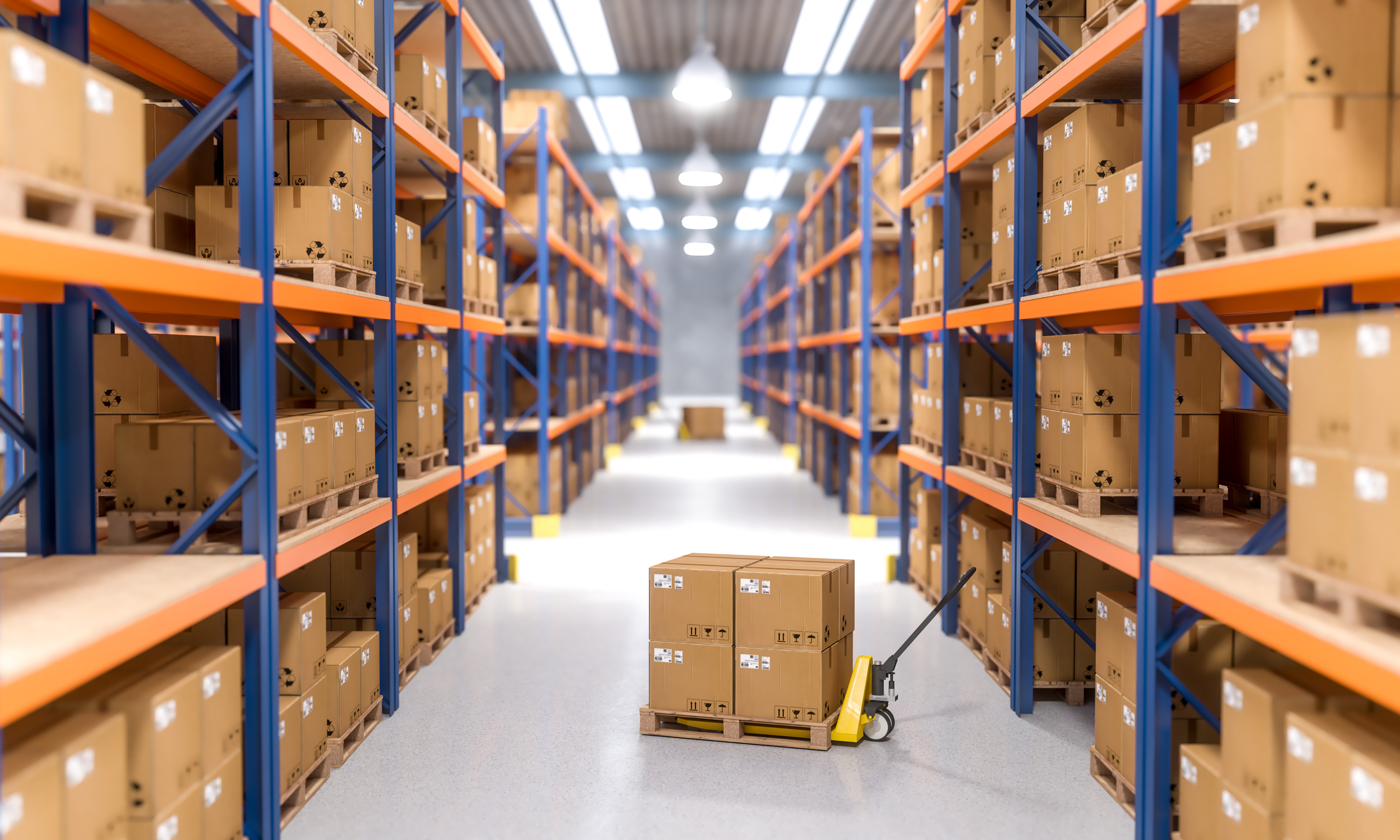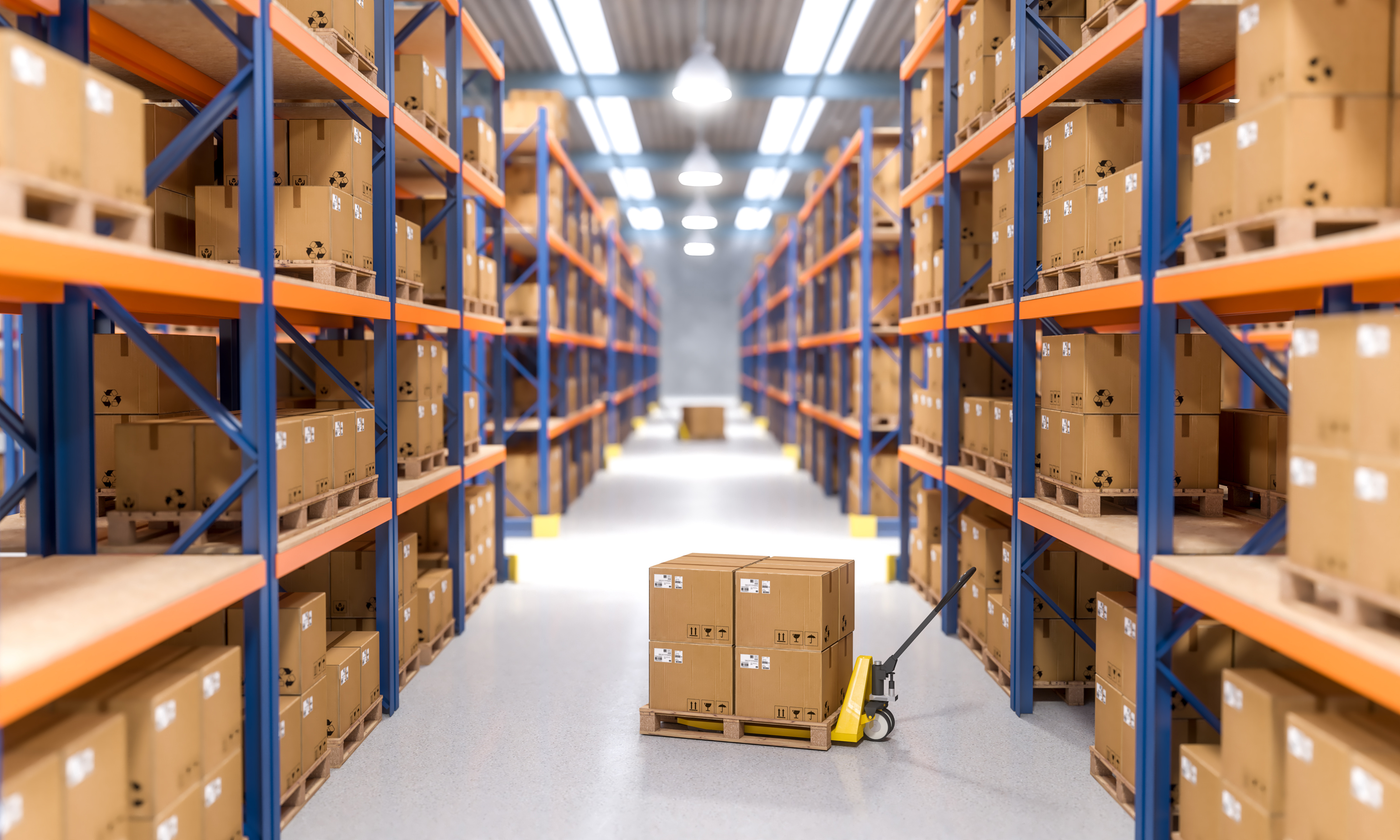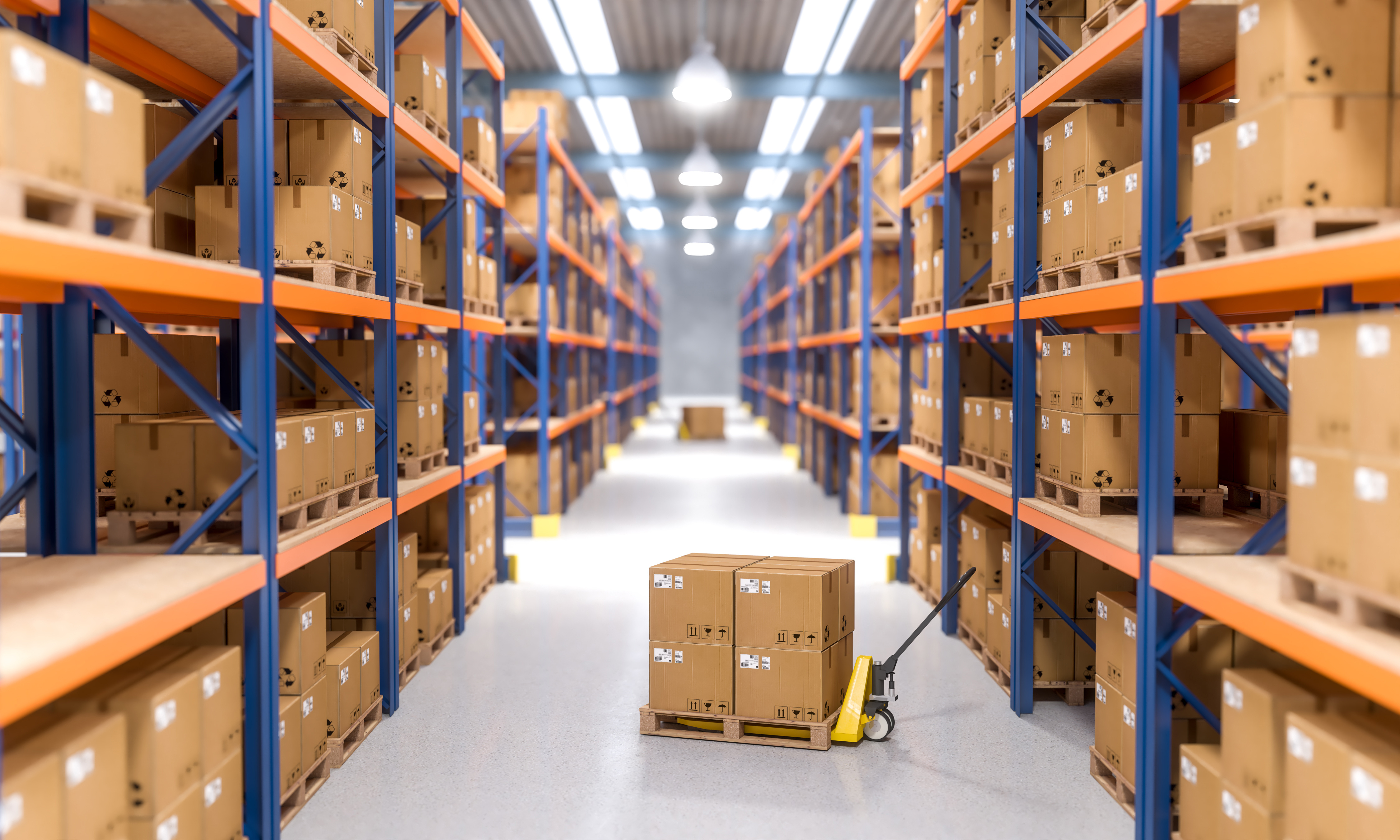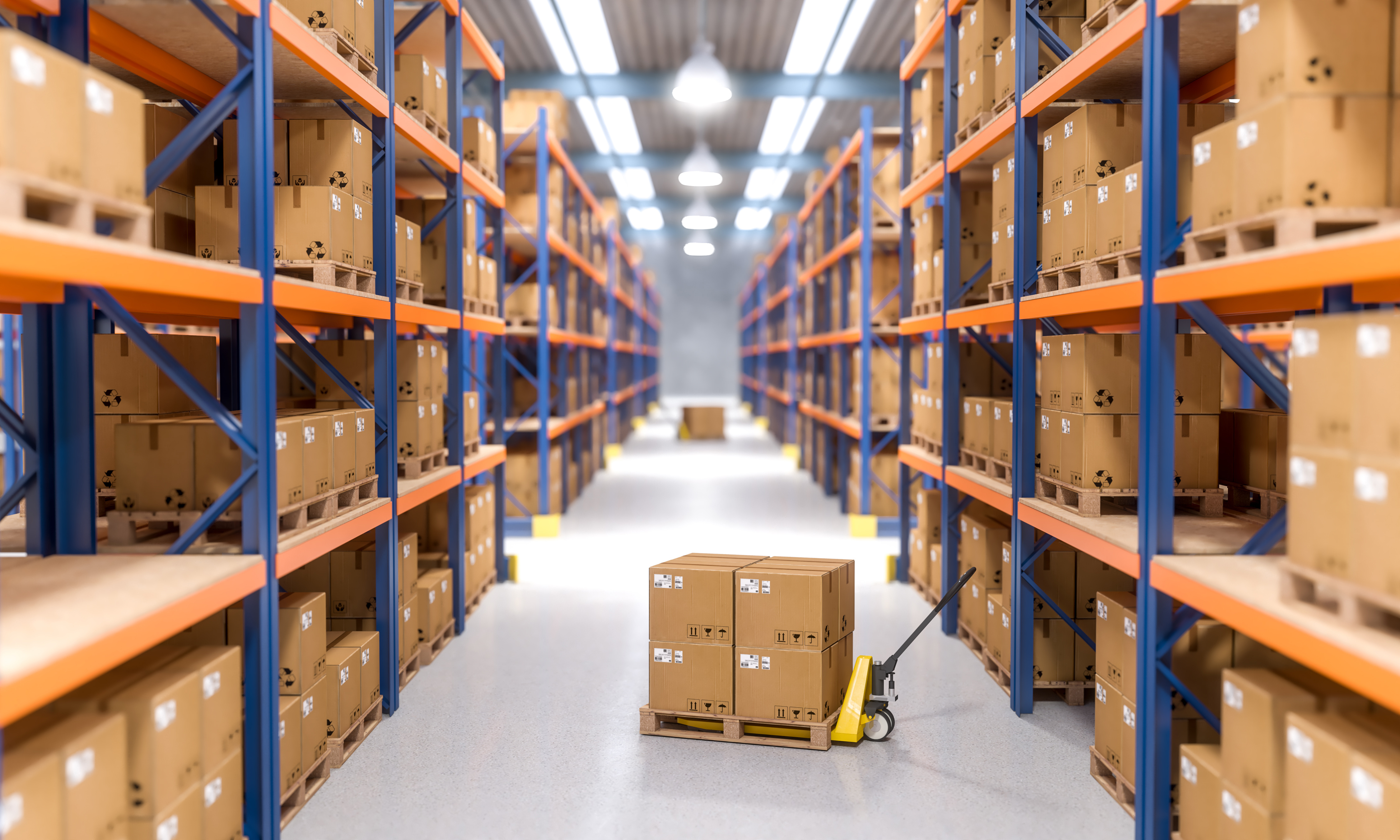When you operate a warehouse, your responsibilities don't end at the loading dock. Whether you're shipping products to retailers, t…
Warehouse Equipment Insurance: Protecting Your Essential Machinery and Operations
Warehouse operations depend heavily on specialized equipment to maintain efficiency, safety, and productivity. From forklifts and conveyor systems to automated storage solutions and loading dock equipment, these assets represent significant investments that require comprehensive protection. Warehouse equipment insurance provides essential coverage for the machinery and technology that keeps your distribution center running smoothly.
Understanding Warehouse Equipment Insurance
Warehouse equipment insurance is a specialized form of commercial coverage designed to protect the mechanical and technological assets essential to warehouse operations. This insurance goes beyond basic property coverage to address the unique risks faced by distribution centers, fulfillment facilities, and storage operations.
The coverage typically includes protection for material handling equipment, automated systems, loading dock machinery, safety equipment, and specialized storage solutions. Given the high value and critical nature of warehouse equipment, proper insurance coverage is essential for business continuity and financial protection.
Types of Equipment Covered
Material Handling Equipment
Forklifts, pallet jacks, reach trucks, and order pickers form the backbone of most warehouse operations. These vehicles face daily wear and tear, collision risks, and mechanical breakdowns that can halt operations. Coverage includes both owned and leased equipment, with protection for repairs, replacement, and business interruption costs.
Conveyor Systems and Automation
Modern warehouses increasingly rely on conveyor belts, sortation systems, and automated storage and retrieval systems. These complex installations require specialized coverage due to their high replacement costs and the significant business disruption caused by failures. Insurance can cover both the equipment itself and the lost productivity during repairs.
Loading Dock Equipment
Dock levelers, vehicle restraints, dock seals, and hydraulic systems are essential for safe and efficient loading operations. Damage to this equipment can create safety hazards and operational bottlenecks. Comprehensive coverage protects against mechanical failures, weather damage, and collision damage from delivery vehicles.
Warehouse Management Technology
Computer systems, barcode scanners, RFID equipment, and warehouse management software represent significant investments in operational efficiency. Coverage extends to both hardware and software, including data recovery costs and system downtime expenses.
Safety and Security Equipment
Fire suppression systems, security cameras, alarm systems, and safety barriers protect both personnel and inventory. Insurance coverage ensures these critical safety systems can be quickly repaired or replaced to maintain warehouse security and compliance standards.
Key Coverage Components
Equipment Breakdown Coverage
This essential component covers sudden and accidental breakdown of covered equipment, including mechanical failure, electrical issues, and operator error damage. Coverage typically includes repair costs, replacement expenses, and expediting costs to minimize downtime.
Business Interruption Protection
When equipment failures halt operations, business interruption coverage compensates for lost income and ongoing expenses. This coverage is particularly valuable for warehouses operating on tight delivery schedules or serving time-sensitive customers.
Spoilage Coverage
For warehouses handling perishable goods, refrigeration equipment failure can result in significant inventory losses. Spoilage coverage protects against these losses when caused by covered equipment breakdowns.
Extra Expense Coverage
This component covers additional costs incurred to maintain operations during equipment repairs, such as equipment rental, overtime labor, or temporary facility costs.
Industry-Specific Risks
Cold Storage Facilities
Temperature-controlled warehouses face unique risks related to refrigeration system failures, which can result in massive inventory losses. Specialized coverage addresses these risks with enhanced spoilage protection and emergency response provisions.
E-commerce Fulfillment Centers
High-speed automated systems and robotics in e-commerce facilities require specialized coverage due to their complexity and critical role in meeting customer delivery expectations. Coverage must address both equipment protection and the business impact of system failures.
Hazardous Material Storage
Warehouses handling chemicals, pharmaceuticals, or other hazardous materials require enhanced coverage for specialized handling equipment and containment systems. Environmental liability considerations also factor into coverage needs.
Third-Party Logistics Providers
3PL operations face additional complexities due to their responsibility for client inventory and operations. Coverage must address both equipment protection and potential liability to clients for service disruptions.
Risk Management Strategies
Preventive Maintenance Programs
Regular maintenance schedules reduce the likelihood of equipment failures and may qualify for insurance premium discounts. Documented maintenance programs demonstrate risk management commitment to insurers.
Operator Training
Proper equipment operation reduces accident risks and extends equipment life. Comprehensive training programs for all equipment operators should be mandatory and regularly updated.
Safety Protocols
Clear safety procedures for equipment operation, maintenance, and emergency response help prevent accidents and minimize damage when incidents occur. Regular safety audits and updates ensure protocols remain effective.
Technology Integration
Modern monitoring systems can detect equipment issues before they cause failures, allowing for proactive maintenance and reducing insurance claims. Integration with warehouse management systems provides comprehensive operational oversight.
Claims Process and Best Practices
Immediate Response
When equipment damage occurs, immediate notification to your insurance carrier is essential. Document the scene, preserve evidence, and implement emergency measures to prevent further damage or safety hazards.
Professional Assessment
Work with qualified equipment specialists and adjusters who understand warehouse operations. Proper assessment ensures accurate damage evaluation and appropriate repair or replacement decisions.
Business Continuity Planning
Develop contingency plans for equipment failures, including backup equipment arrangements, alternative operational procedures, and supplier relationships for emergency repairs.
Documentation Requirements
Maintain detailed equipment records, including purchase dates, maintenance histories, and operational specifications. This documentation supports accurate coverage determination and claims processing.
Cost Considerations
Valuation Methods
Equipment values can be determined using replacement cost, actual cash value, or agreed value methods. Replacement cost coverage provides the most comprehensive protection but typically costs more than actual cash value coverage.
Deductible Structures
Higher deductibles can reduce premium costs but increase out-of-pocket expenses for claims. Consider your cash flow capabilities and risk tolerance when selecting deductible levels.
Coverage Limits
Ensure coverage limits adequately reflect current equipment values and potential business interruption costs. Regular appraisals help maintain appropriate coverage levels as operations expand or equipment values change.
Risk Factors
Premium costs vary based on equipment types, warehouse operations, safety records, and geographic location. Implementing strong risk management practices can help control insurance costs over time.
Regulatory Compliance
Safety Standards
Warehouse equipment must comply with OSHA safety standards and manufacturer specifications. Insurance coverage should align with these requirements to ensure claims aren't denied due to non-compliance.
Environmental Regulations
Equipment handling hazardous materials or operating in environmentally sensitive areas may require enhanced coverage to address regulatory compliance costs and potential penalties.
Industry Certifications
Maintaining relevant industry certifications and following best practices can positively impact insurance availability and pricing.
Selecting the Right Coverage
Comprehensive Assessment
Work with insurance professionals who understand warehouse operations to assess your specific coverage needs. Consider current operations, growth plans, and potential expansion into new service areas.
Carrier Selection
Choose insurers with experience in warehouse and logistics operations. Look for carriers offering specialized coverage options and strong claims handling capabilities.
Policy Integration
Coordinate equipment coverage with other commercial insurance policies to avoid gaps or overlaps in coverage. Ensure consistent coverage limits and terms across all policies.
Regular Reviews
Annual policy reviews ensure coverage keeps pace with operational changes, equipment additions, and evolving risk exposures. Market conditions may also present opportunities for improved coverage or pricing.
Future Considerations
Technology Evolution
As warehouse automation continues advancing, insurance coverage must evolve to address new technologies and associated risks. Stay informed about coverage developments for emerging equipment types.
Sustainability Initiatives
Green warehouse initiatives may introduce new equipment types and operational methods requiring specialized coverage considerations. Environmental benefits may also provide insurance advantages.
Supply Chain Integration
Increasing integration with supplier and customer systems creates new dependencies and risk exposures that may require enhanced coverage protection.
Warehouse equipment insurance represents a critical investment in operational continuity and financial protection. By understanding coverage options, implementing strong risk management practices, and working with experienced insurance professionals, warehouse operators can protect their essential equipment investments while maintaining the operational flexibility needed for business success.
The complexity of modern warehouse operations demands sophisticated insurance solutions that address both current needs and future growth opportunities. Proper coverage ensures that equipment failures don't become business disasters, allowing warehouse operators to focus on serving their customers and growing their operations with confidence.


 0330 127 2333
0330 127 2333
